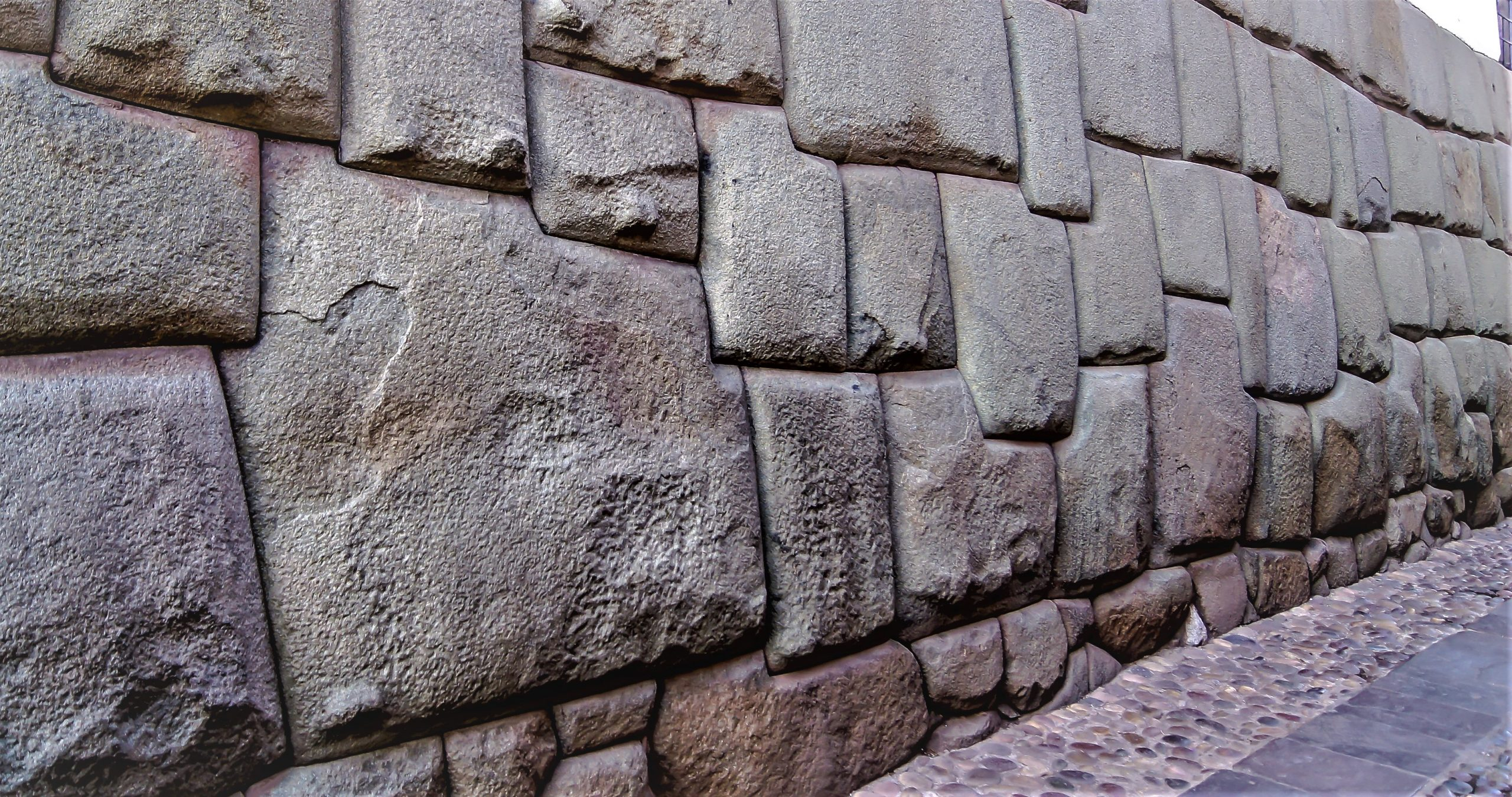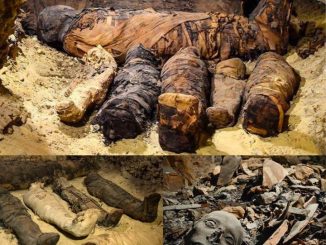The ancient Inca civilization stands as a testament to human ingenuity and architectural mastery. Among the myriad wonders left behind by this remarkable culture, the Twelve Angle Stone of Hatunrumiyoc in Cusco stands out as a marvel of precision and craftsmanship. Carved over 700 years ago by skilled Inca masons, this stone is not merely a relic of the past; it is a living testament to a civilization that continues to mystify archaeologists and historians around the world.

The Twelve Angle Stone, nestled within the walls of what was once the Inca palace known as Palacio Inca Roca, is a striking example of Inca stonework. Hewn from green diorite igneous rock, this massive stone weighs approximately six tonsand extends six feet deep into the earth. What sets it apart, however, is not its size, but its intricate design: twelve precisely carved angles that fit seamlessly into the surrounding wall.
The significance of these twelve angles is a subject of much speculation among scholars. One prevailing theory suggests that they represent the division of the 24 families of Cusco—twelve during the Hurin dynasty and twelve during the Hanan dynasty. This symbolism reflects the Inca’s complex social structure and their reverence for lineage and ancestry.

What truly astounds observers, however, is not just the symbolism encoded within the stone, but the unparalleled precision with which it was crafted. Inca masons possessed an extraordinary level of skill and attention to detail, laying stones with such exactitude that no mortar was required to hold them together. Indeed, the fit was so tight that not even a piece of paper could slide between the stones. This technique not only ensured the structural integrity of their constructions but also endowed them with a remarkable resilience against earthquakes. In the event of seismic activity, Inca buildings were known to “dance” and then resettle, thanks to the flexibility and precision of their stonework.
The Twelve Angle Stone, however, represents the pinnacle of this architectural prowess. Embedded within the ancient wall known as Hatunrumiyoc—a Quechua term meaning “house that has large stones”—this stone is a testament to the enduring legacy of the Inca civilization. Surrounded by colonial structures erected centuries later, Hatunrumiyoc remains one of the best-preserved examples of Inca architecture in the region.

Conclusion
In a world filled with wonders both natural and man-made, the Twelve Angle Stone of Hatunrumiyoc stands as a testament to the enduring legacy of the Inca civilization. Its twelve angles, meticulously carved and seamlessly integrated into the surrounding wall, speak to the skill and ingenuity of the Inca masons who crafted it over seven centuries ago. As archaeologists continue to unravel the mysteries of this remarkable culture, the Twelve Angle Stone serves as a tangible reminder of the rich history and heritage that continue to captivate our imagination to this day.


